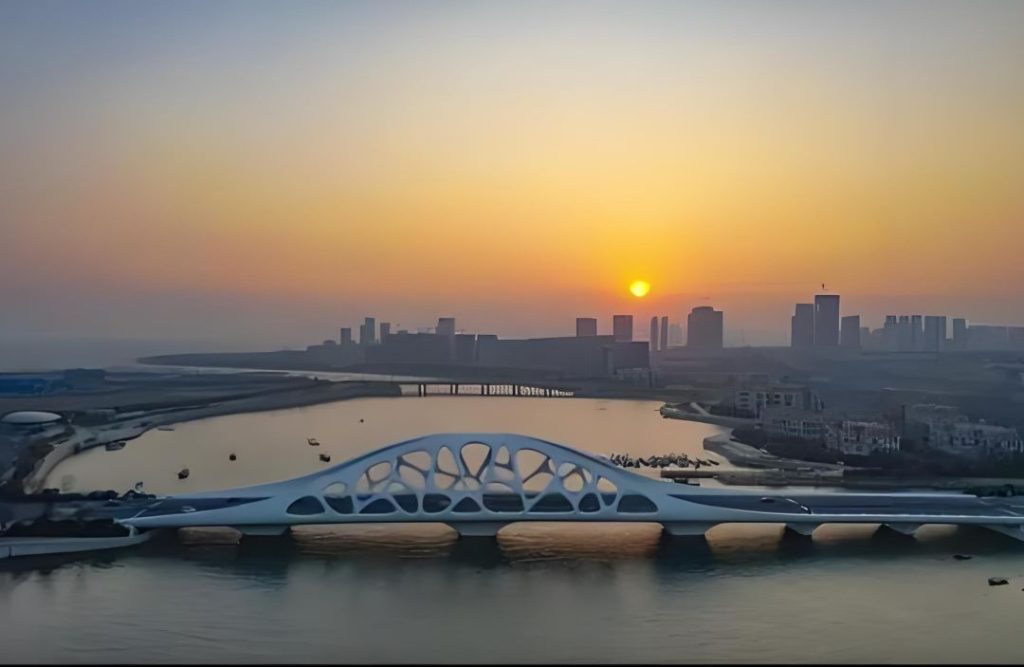What is an invert on a bridge? An "invert" on a bridge refers to the lowest part of the structure, typically found at the base of an arch or culvert. It plays a critical role in providing stability and distributing loads.

Here’s a breakdown of its applications and significance:
1. In Arch Bridges:
The invert is the bottommost segment of the arch, helping to resist horizontal thrusts and keeping the structure stable. It often works in conjunction with abutments and piers.
2. In Culverts or Channels:
The invert refers to the interior bottom surface, usually where water flows. Its elevation and slope are designed to control water movement effectively.
- Conduit Inverts: In drainage systems and pipes, the invert is the lowest part which ensures proper flow direction and velocity for efficient wastewater transport.
3. Material and Maintenance:
Inverts may be constructed from concrete, stone, or reinforced materials, and they require regular maintenance to prevent erosion, sediment buildup, or damage from flowing water.
Importance of Inverts:
1. Structural Integrity:
Inverts play a critical role in maintaining the structural integrity of a bridge. They ensure the even distribution of loads across the entire span, supporting both static (like the bridge’s own weight) and dynamic loads (traffic, weather conditions), thus reducing stress concentrations and enhancing durability.
2. Functionality and Safety:
For underwater components, inverts prevent water accumulation, ensuring safe passage and minimizing corrosion risks. In drainage systems, they facilitate the correct gradient for optimal fluid flow, crucial for maintaining sanitation and flood control measures.




